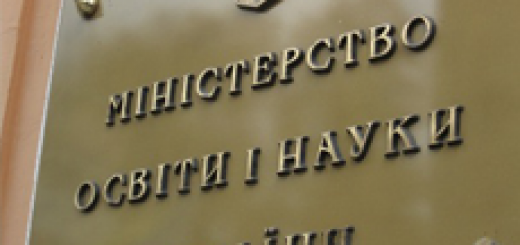 In conditions of distance learning, the Ministry of Education advises teachers to use two modes of conducting the lesson — online and offline.
In conditions of distance learning, the Ministry of Education advises teachers to use two modes of conducting the lesson — online and offline.
This is stated in the message of the Ministry of Education, in connection with the entry into force of the new sanitary regulations for schools, which limit the time of using gadgets during one lesson.
The Ministry of Education and Culture notes that in the remote mode of work, teachers must ensure synchronous and asynchronous interaction of students during classes.
In particular, in synchronous mode, the teacher and students can simultaneously be in the electronic educational environment or communicate using online tools.
At the same time, the duration of classes should be maintained: 35 minutes for 1st grade, 40 minutes for 2nd-4th grade, 45 minutes for 5th-12th grade. Only the time of students' continuous work with the computer is subject to limitation.
"For example, for students of the 5th grade, the time of continuous work with a computer is a maximum of 20 minutes. The teacher can use this time for synchronous interaction (online) - for explaining or general overview of the material of the lesson, practical consolidation of what has been learned, use of interactive learning methods, checking of learning results, etc., the Ministry of Education notes.
The rest of the lesson time is 25 minutes - the teacher organizes the work in asynchronous mode, that is, offline, without a computer.
"Students can do exercises in the workbook, work with the text and tasks in the textbook, do creative tasks, etc. Also, at the end of the class, the teacher can return to the video conference mode," the department adds.
In addition, the sanitary regulations provide that during work with technical means of education, it is mandatory to carry out exercises on motor activity and gymnastics for the eyes.
"It is also important that not every lesson is necessarily conducted using the synchronous mode of interaction between the teacher and students. The school can draw up a class schedule, according to which some classes take place only asynchronously," the MES explains.
In accordance with the Regulation on the distance form of obtaining a complete general secondary education, at least 30% of the study time provided for by the educational program of the school must be organized in a synchronous mode.
"At the same time, the uniformity of the distribution of this time between different educational subjects and the expediency of alternating classes using synchronous and asynchronous modes is ensured by the head of the educational institution," the Ministry of Education reported.





